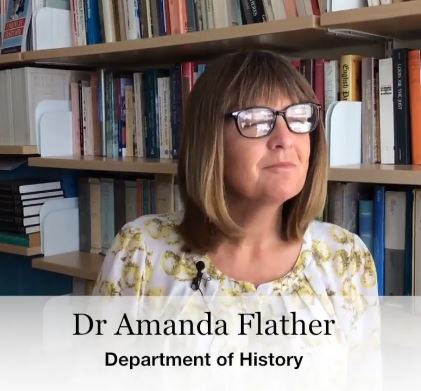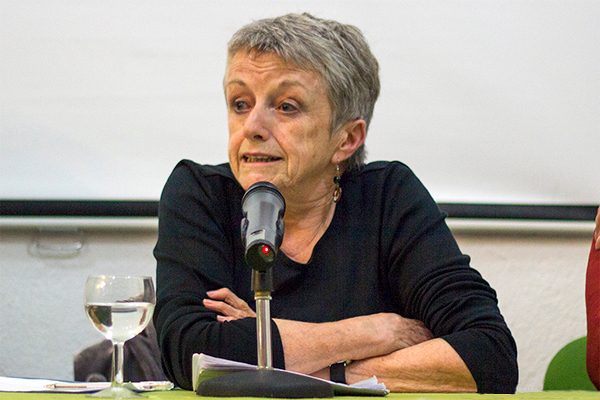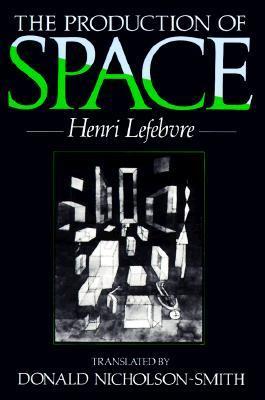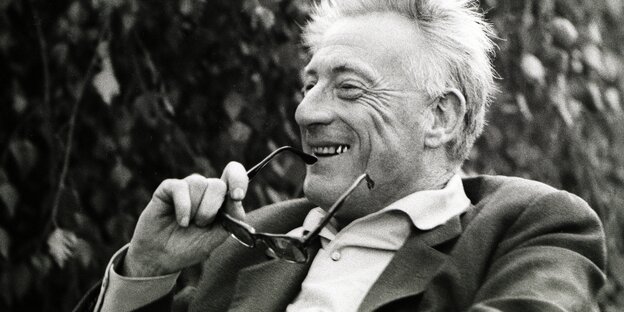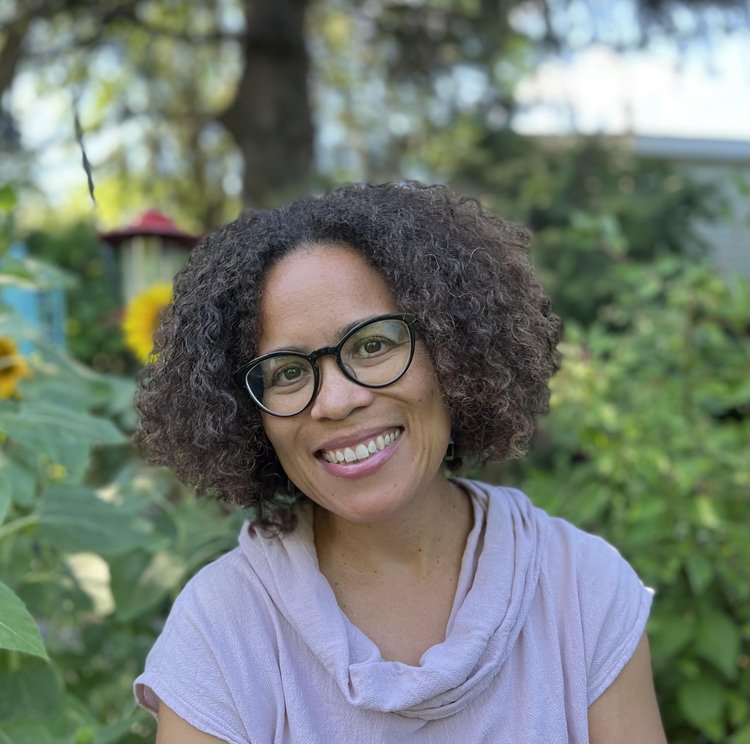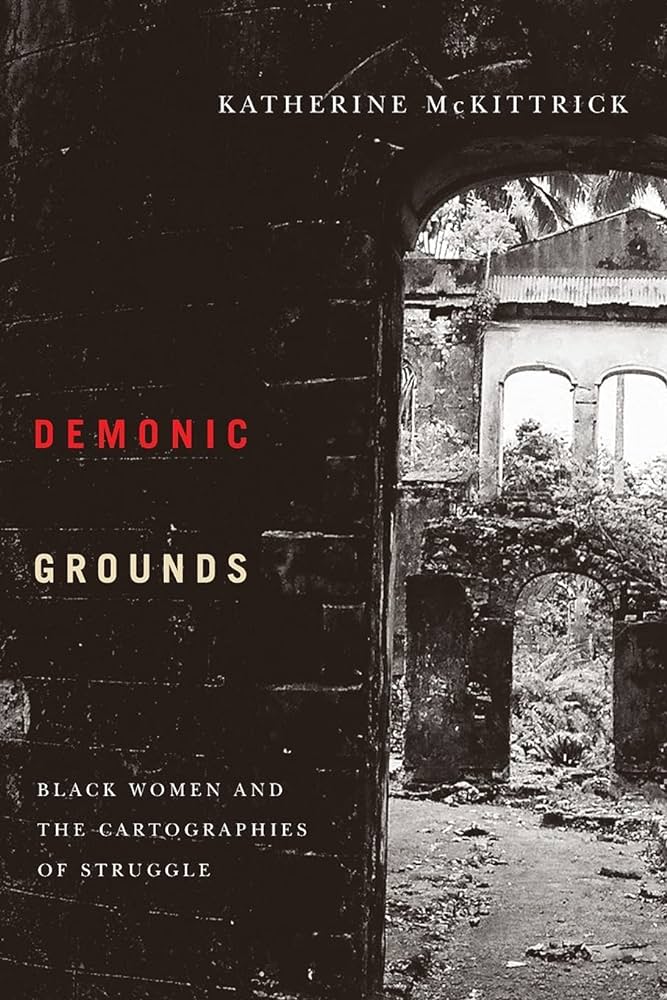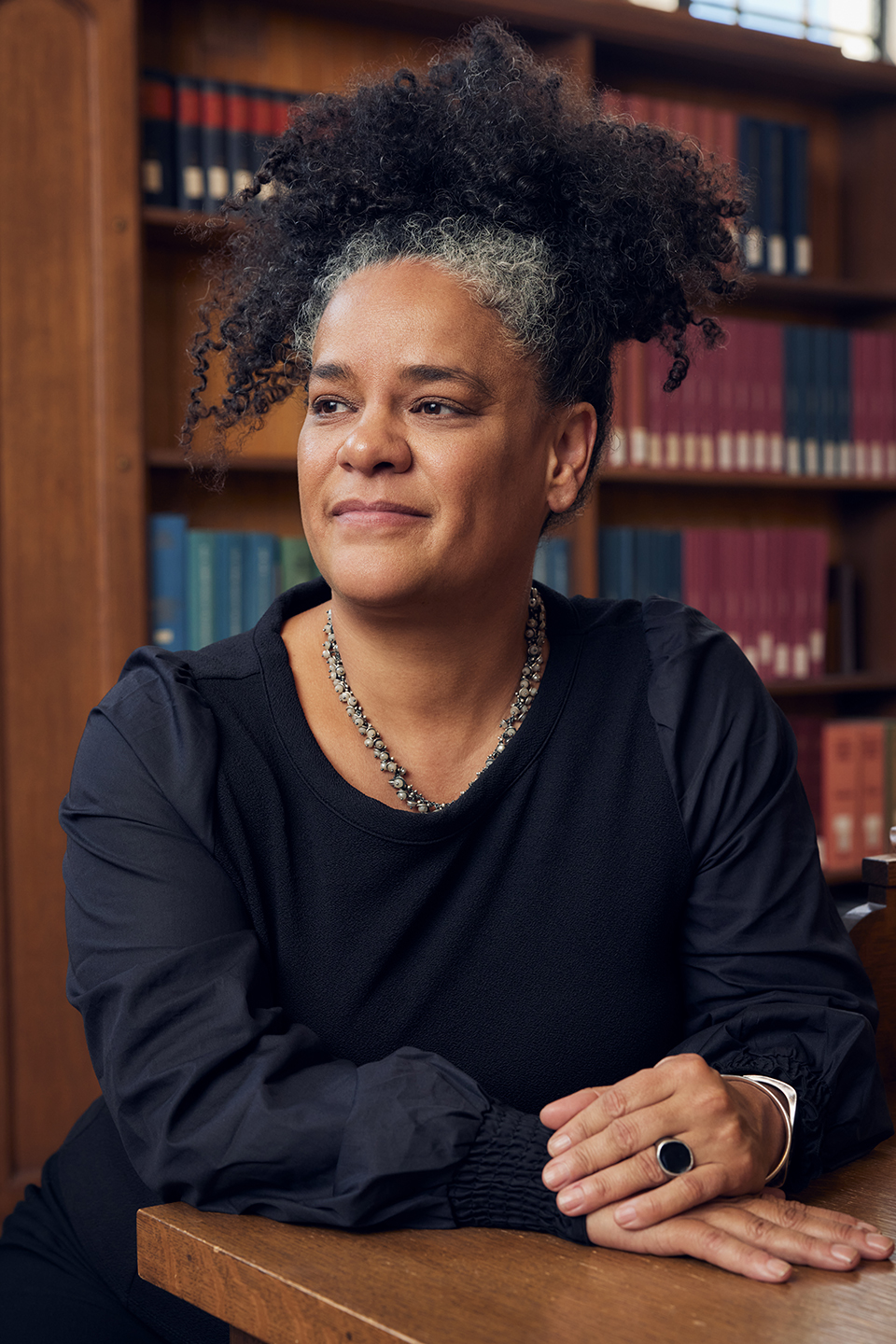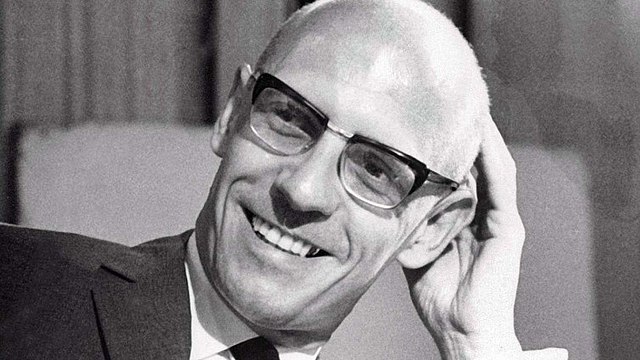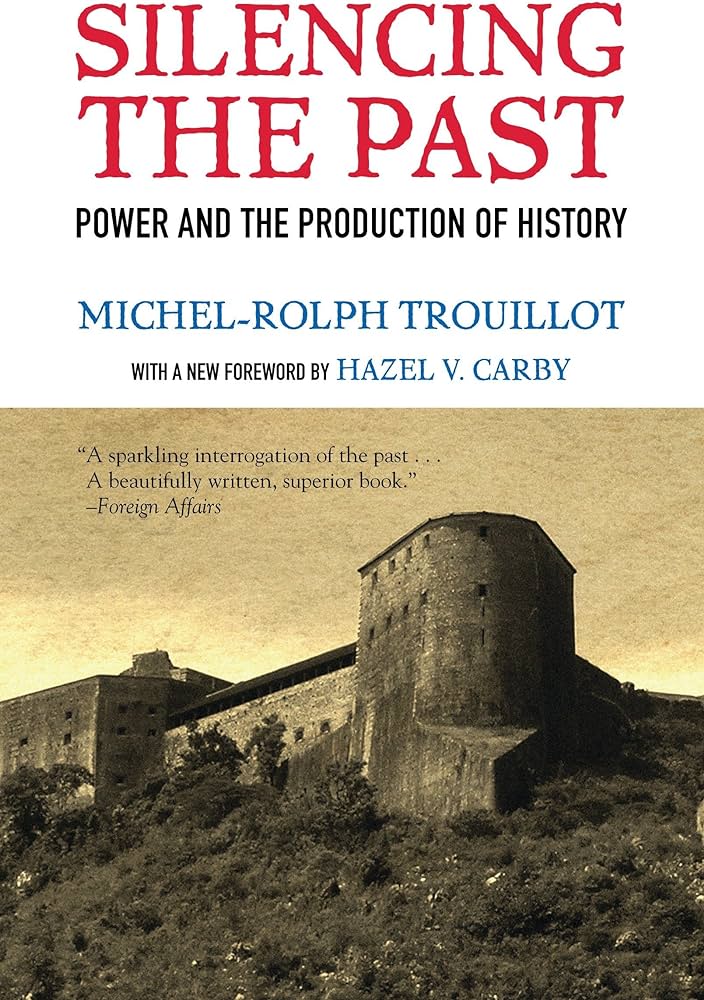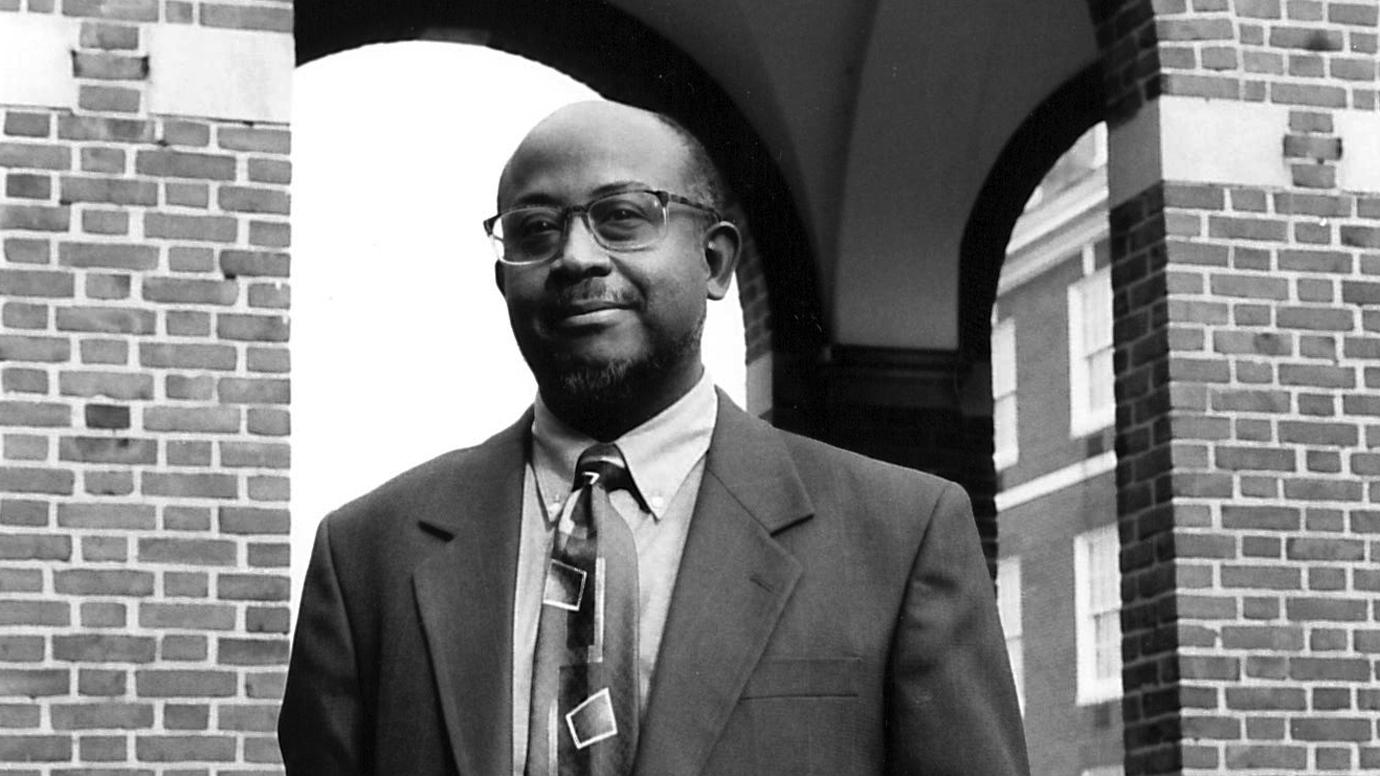"This is our world, although the people who drew this map decided to put their own land on top of ours. There is no top or bottom, you see." - Chimamanda Ngozi Adichie1
Defining Space
Everything happens someplace. This statement seems so obvious as not to warrant comment; however, the definition of space as a concept illuminates how the material becomes transactional and, in doing so, defines power dynamics and historicities. As Tim Cresswell succinctly states, “Place, at a basic level, is space invested with meaning in the context of power.”2 Therefore, before exploring the narrative created by the physical space of the Leesburg Courthouse Square, it is essential to interrogate the space conceptually.
Leif Jerram argues, “A confusion of terms has been used - such as space, place, spatiality, location - and each has signified a cluster of often contradictory and confusing meanings.”3 Therefore, it is imperative to define what is meant by the word space in this study, again a concept that seems intuitive but is, in fact, fraught with complexities. The primary space of this study is the Leesburg Courthouse Square, with auxiliary spaces including Loudoun County and the locations of The Great Migration and its subsequent reversal. The definition of these spaces will draw on the work of Amanda J. Flather, Michel Foucault, Henri Lefebvre, Doreen Massey, Catherine R. Squires, and Michel-Rolph Trouillot. The overarching theme in all of these perspectives is the interrelation of the physical space and the intangible particularity that informs how people interact with places, relate to others within a space, and reinforce or challenge the power dynamic manifested by the material world.
On an idiomatic level, language reinforces the gendering of place, as exemplified by the phrases “A man’s home is his castle.” and “A woman’s place is in the home.” “A focus on space encourages attention to concepts of agency,”4 according to Flather, an idea echoed by Massey, who states, “The intersections and mutual influences of ‘geography’ and ‘gender’ are deep and multifarious.”5 Massey expounds that the control of space is reinforced through material symbolism, which can stand in for a variety of messages regarding access, power, and threats of violence. However, this gendered messaging is not universally applied. Even within the gendered space, there can be a variety of experiences among women.6
Encounters with public spaces such as the Leesburg Courthouse Square as gendered experiences were quite different for Black and white women in 1908 when the Confederate monument known as the Silent Sentinel was erected versus in 2020 when it was removed. In 1908, the Daughters of the Confederacy unveiled the memorial, which stood as a proxy for an ideology that claimed to place the protection of white women by white men as its loadstar while simultaneously viewing Black women as sexually available to white men either by consent or force. In 2020, an African American woman who had led the effort for its removal stood as a witness when the statue was removed, and the weeping members of the Daughters of the Confederacy comforted each other nearby.7
Massey points out that the spacial and the social are inextricably intertwined; space is a social construct, but additionally, “the social is spatially constructed too, and that makes a difference.”8 A point reiterated by Flather: “Space is not simply the product of social relations, but also a ground of social construction, so space lies at the heart of our concerns.”9 Furthermore, space is mapped both physically and introspectively in what she terms “mental maps,” which move beyond the physical location and designate areas as safe or dangerous based on the overlay of power dynamics that subdivides areas based on “how the space is accessed, used, and given social and cultural meaning.”10 Therefore, as the history of the Confederate monument is unraveled, attention must be paid to its effect on the space of the Courthouse Square, how it illuminates the gendered experience of Black and white women in Leesburg, and the socially constructivist historicity it reflects.11
Along with concepts of gender, The Leesburg Courthouse Square can be interpreted through Lefebvre’s trifecta of analysis: the lived, conceptualized, and imagined nature of spaces.12 The current lived space of the Courthouse Square is that of public gatherings from festivals to protests, while in the past, it was the site of slave auctions and lynchings.13 The conceptualized space reflects how planners and landscape architects organize it. The Square relies on the geometric forms of rectangles bifurcated by walkways, creating triangle grass patches. A central walkway leads from the street to the doors of the courthouse. Seating is limited to a few benches, and between 1908 and 2020, the focal point from which the rest of the space emanated was the statue of an armed Confederate soldier, gun raised to hip level, one foot forward as if stepping toward the viewer, with his eyes fixed forward alert and attentive to whoever was entering the grounds. The manicured quality of the space shows man’s dominance over nature; the limited seating communicates that the space was not a place to terry, and the Confederate statue's size and location expressed the realities of the power dynamics in the town.
Finally, the Square as an imagined space casts it as a site of memory and materialization of the story that is told about the town. This last point of analysis is crucial for understanding the significance of the placement and then removal of the Confederate monument on the grounds of the courthouse, itself a site symbolic of justice. Although the modern lived space communicates community cohesion, even as the site of protest, the space, with its wrought iron gate, Confederate memorial, and columned courthouse, expressed a reverence for the past, a reflection of a far less egalitarian era.
In his 1967 lecture Of Other Space,14 Michel Foucault provides another avenue of spatial analysis with his concept of heterotopias, which he contrasted with utopias as defined by Thomas Moore. Putting the Leesburg Courthouse Square through the principles Foucault lays out, the space gives a more nuanced understanding of the world in which it operates. First and foremost, unlike the imagined perfection of utopias, heterotopias are spaces that are geographically accessible, in other words, real places found on maps. They are reflective of the society in which they exist but are able to “juxtapose in a single real place several spaces, several sites that are in themselves incompatible.”15 The Square is an extension of the courthouse, symbolizing governmental justice. Yet, it is simultaneously and paradoxically the site of violence and oppression as it played a role in three lynchings and was the location of a Confederate memorial to a regime built upon the enslavement of Black people.
Time and space are linked in heterotopias as they can both represent slices of time and concurrently collect time. Foucault states, “The project of organizing in this way a sort of perpetual and indefinite accumulation of time in an immobile place, this whole idea belongs to our modernity.”16 The placement of the Confederate memorial on the courthouse lawn links the immobility of the place of the courthouse to the racial hierarchy and power dynamic of the Confederacy and the Jim Crow South. It accordions time causing the 1860s and 1908 to permeate the consciousness of the 21st century. It creates the inaccessibility Foucault talks about as being inherent in heterotopias, which may not be physically challenging to access but come with rules, accepted decorums, and protocols that welcome or exclude those who enter the space. Therefore, when the space of the Leesburg Courthouse Square is discussed, it is more than simply a place; it is a collection point between time, space, and power.
Finally, the Courthouse Square can be analyzed through Trouillot’s concepts of historicity, historical silences, and the juxtaposition of the historical record with the narrative associated with the archive. Leesburg’s past is recorded in various artifacts, but those regarding the Battle of Balls Bluff traditionally overshadowed those of its Antebellum slave economy. Excusatory statements as appeared in a 2008 book entitled The Civil War in Loudoun County, Virginia, “Half of the slave owners in Loudoun County owned fewer than five slaves. Only 2 percent owned twenty or more, and 521 of the 735 farm owners in the county owned no slaves at all,”17 may be factually correct but belies the fact that 400 men enlisted to fight for the Confederacy’s right to enslave people even if they were not enslavers themselves.18 Furthermore, the book later attempts to expunge the guilt of its past by claiming that the failure of abolitionists in Loudoun after 1832 was due to Nat Turner’s revolt and the militancy of Northern abolitionists like William Lloyd Garrison, thereby placing the blame for Loudoun's continued enslavement on those who were enslaved and Northerners trying to free them and not with the people of the South.19
The author then goes on to describe in great detail the valor of Confederate soldiers who fought at Balls Bluff, an event, as will be covered in more detail later, that would be celebrated as emblematic of the bravery and heroism of Confederate soldiers. The continued reflection on this version of the Lost Cause narrative exemplifies the work done by Leesburg’s Confederate memorial, which the author mentions, as it helps to reinforce this narrative through a material constructivist view of the county’s past that silences the realities of racial oppression and elevates the gentility of the Lost Cause.
The popular argument that Confederate memorials are symbols of what is termed Southern History is frequently used when discussing the preservation or removal of statues and monikers without exploring how these symbols define legitimacy within that past. The term "History, not Hate" is ubiquitous on rally signs and in speeches surrounding this issue. Characterizing Southern history in this way is a tool for defining who is included and excluded from the collective Southern heritage, a definition being challenged, along with the preservation of Confederate iconography, as the descendants of African Americans who fled the South during the Great Migration return to the former Confederate states.
In the last 50 years, four million African Americans have moved from Northern and Western states to the South.20 Just as the Great Migration shaped the history of the places to which African Americans relocated, the reversal of this migration is challenging the definition of Southern heritage and who has the right to claim it. The widespread barriers between Black History and Southern History have become blurred as African Americans challenge the idea that the history of the South was white, male, and heroic, as portrayed by statues like the Silent Sentinel in Loudoun County.
At the turn of the 20th century, Anna Thornton Miller Murray and the United Daughters of the Confederacy sought to literally cast their generation’s version of Southern History in stone and place it on the doorstep of the Courthouse, the location of antebellum slave auctions. It was also from this location that mobs of white men in three separate incidents, about once a decade, dragged African-American men from the county jail and lynched them, with Charles Craven’s lynching occurring in 1902 during the time in which the Loudoun County Chapter of the United Daughters of the Confederacy was fundraising for the Confederate monument. The design and placement of the Silent Sentinel uses that space to elevate the primacy of a particular type of Southern History.
The story of Phyllis Randall’s family, with its roots in Mecklenburg, VA, highlights not only the shared Southern heritage of African-American and white Virginians but also exemplifies the pattern of migration that first led black families out of the South and then generations later brought their descendants back. The political and demographic changes occurring in Loudoun County during her two-decades-long fight to remove the Confederate memorial provide a micro-history exemplifying the changes occurring across the former Confederate states and how it is redefining the idea of Southern heritage based on history shared across racial lines.
Click to Continue to the Next Page
1Gwendolyn Brooks, Selected Poems (New York: Harper & Row, n.d.), 36–37.
2Tim Cresswell, Place: An Introduction, Second Edition (Malden, Mass: Wiley Blackwell, 2015), 19.
3Leif Jerram, “Space: A Useless Category for Historical Analysis?,” History and Theory 52, no. 3 (2013): 400, http://www.jstor.org/stable/24542993.
4Amanda J. Flather, “Space, Place, and Gender: The Sexual and Spatial Division of Labor in the Early Modern Household,” History and Theory 52, no. 3 (October 2013): 346, http://www.jstor.org/stable/24542990.
5Doreen Barbara Massey, Space, Place and Gender, Reprinted (Cambridge: Polity Press, 2004), 177.
6Ibid., 178..
7Phyllis Randall, Interview with Phyllis Randall, interview by Kristina Nohe, November 19, 2023.
8Massey, Space, Place and Gender, 254.
9Flather, “Space, Place, and Gender: The Sexual and Spatial Division of Labor in the Early Modern Household,” 345.
10Ibid., 346.
11Michel-Rolph Trouillot and Hazel V. Carby, Silencing the Past: Power and the Production of History (Boston, Massachusetts: Beacon Press, 2015).
12Henri Lefebvre, Donald Nicholson-Smith, and Henri Lefebvre, The Production of Space, 33. print (Malden: Blackwell Publishing, 2013).
13The History of the Loudoun County Courthouse and Its Role in the Path to Freedom, Justice, and Racial Equality in Loudoun County” (Loudoun, VA: The Loudoun County Hertage Commission, March 1, 2019), 12–13.
14Michel Foucault and Jay Miskowiec, “Of Other Spaces,” Diacritics 16, no. 1 (1986): 22, https://doi.org/10.2307/464648.
15Ibid., 25
16Ibid., 26.
17Steve F. Meserve, The Civil War in Loudoun County, Virginia: A History of Hard Times, Fifth (Charleston, SC: The History Press, 2011), 11 digital.
18Ibid., 17 digital.
19Ibid., 11–12 digital.
20James Gregory, “Moving South: Reversing the Great Migration 1790-2017,” America’s Great Migrations Project, 2017, https://depts.washington.edu/moving1/black_reverse_migration.shtml.
Kris Nohe

